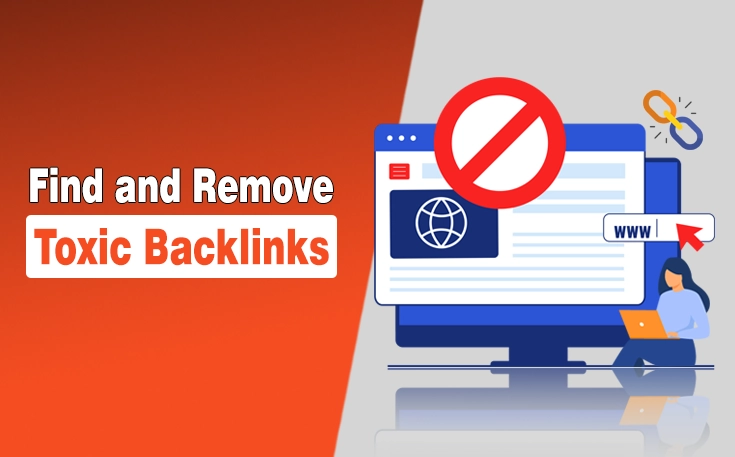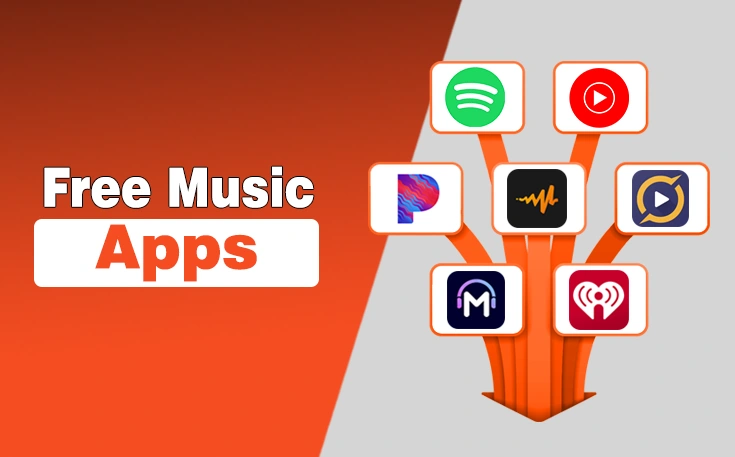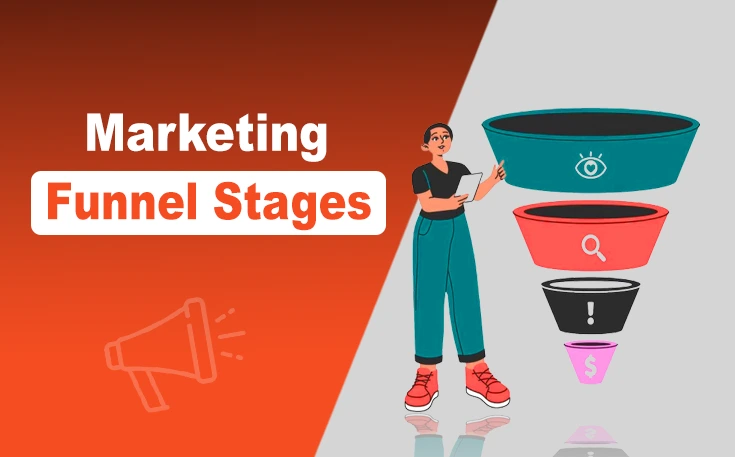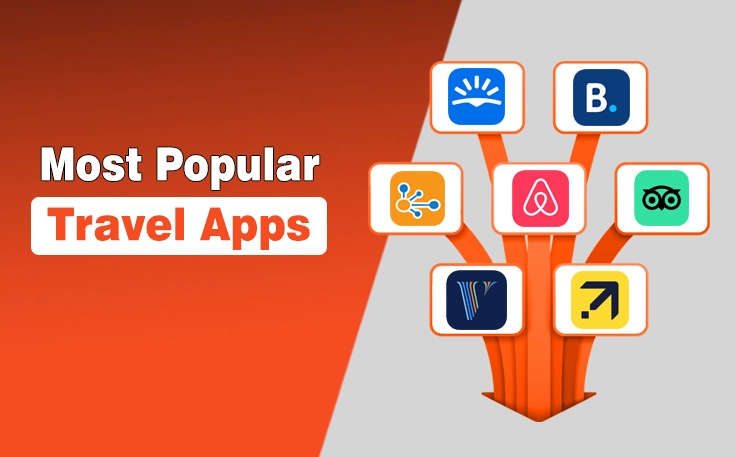Toxic backlinks remain a massive issue for website performance and search visibility in 2025. As Google’s algorithms continue to get smarter, it’s actually very important to know how to spot, handle, and avoid these types of backlinks if you wish to sustain impressive SEO performance.
This guide contains all you need to keep your site safe from bad links and build a solid backlink strategy that Google will love.
What are Toxic Backlinks? Their Impact on SEO
“Toxic backlinks are unnatural backlinks created through low-quality or irrelevant sites, which will greatly damage the visibility of your site in SERPs.”
The links tend to violate Google’s link spam policies since they’re inserted for SEO manipulations and not to give actual value to users. Knowing about such backlinks is important in developing a healthy SEO strategy since they have a direct impact on the ranking and the reputation of your site.
How To Identify Toxic Backlinks?
One of the methods for identifying and controlling these links is employing the best backlink checker tools. These tools help you to understand how to find toxic backlinks and distinguish among various backlink types – from high-quality backlinks that support SEO, to spammy links that hurt your rankings in a big way.
Remember, these substandard backlinks can come in numerous forms, including spam links from sites with little or irrelevant content or sites with an unexpected number of outbound links.
In addition, sites that have been previously penalized by Google are also the source of these destructive links. The artificial nature of these backlinks is what makes them truly destructive.
Google pays close attention to your backlink profile to judge your site’s trustworthiness. Any links coming from suspicious sources are likely to raise red flags and encourage Google to impose serious penalties.
But remember, you can find toxic backlinks only when you know how to separate good quality links from poor or harmful ones.
How Toxic Backlinks Can Devastate Your Website’s Performance?
The impact of these types of backlinks extends far beyond small ranking fluctuations. If Google detects unnatural linking schemes, it can trigger a series of penalties that can have a profound effect on your site’s performance.
Google’s position on manipulative link-building practice is clear. Based on leaked Google documents, a site’s ranking degrades if backlinks do not fulfill the purpose for which the page is created, are low quality, or appear fake.
Toxic or bad backlinks harm your online presence in several ways. For instance:
- Your organic rankings can gradually fall
- Your site can have reduced traffic because of lost visibility.
- You see a manual action by Google
Recovering from such penalties takes time, usually involving widespread backlink auditing, disavowal actions, and reconsideration requests. In highly competitive markets, these backlinks can create long-term damage that competitors can exploit to hold a larger market share.
Step by Step Process to Clean and Disavow Harmful Links
Successful backlink removal is a carefully structured process that combines direct removal techniques with Google’s disavow tool. Here are the steps WebTech Solutions follows to remove toxic backlinks:
- Create a Backlink Inventory: Begin by collecting data from tools such as Semrush and Ahrefs Backlinks Checker to obtain an exhaustive list of your backlinks. Classify them based on their likely toxicity, and tackle the worst first.
- Direct Removal of Toxic Links: If possible, reach out to the webmasters of the sites that contain dangerous links and politely request that they delete the poisonous links. Give precise details of the location of the link and provide simple instructions on how to delete it. Document all attempts at communication as proof of your efforts.
- Utilize Google’s Disavow Tool: If they can’t be removed, utilize Google’s Disavow Tool in the Search Console. Upload a text file containing the URLs or domains you’d prefer Google to ignore. For a batch of spammy links from a single domain, disavow the whole domain, not the individual URLs.
- Follow-Up Audits: After you’ve uploaded the disavow file, monitor your backlink profile by performing regular audits. Disavowal will take weeks or more to fully kick in, so you need to keep looking for new spammy links all the time.
White Hat Link Building Strategy That Google Rewards
An effective link-building campaign that is Google-compliant is built on white hat methods, emphasizing quality rather than quantity. You should start with producing excellent, linkable content that will naturally receive backlinks because of relevance.
Below are some key white hat tactics to build a backlink profile:
- Spend time producing in-depth guides, fresh research, extensive data analysis, and compelling graphics that other websites will actually want to link back to.
- When requesting backlinks, put relevance into consideration first. Target websites within your niche and target market because such links add contextual relevance that Google appreciates.
- Consider potential linking websites in terms of authority, whether they offer valuable information, and their attractiveness to your target market.
- The Skyscraper Strategy works great if done correctly. Identify high-performing content with a lot of backlinks, and make a better and more informative version of it.
- Similarly, guest blogging is still a valid tactic if you maintain your emphasis on related and reputable websites. Just don’t do bulk guest blogging on low-quality websites because that will appear suspicious to Google.
- Also, resource page link building and broken link building are good choices to get quality backlinks by providing value and solutions to relevant websites.
Final Thoughts
Having a clean backlink profile is imperative to long-term success. Toxic backlinks can significantly harm your site’s visibility, credibility, and performance.
You should take advantage of regular backlink audits, use toxic link removal processes, and monitor for new risks as part of your SEO practice.
By doing this, you will be able to avert small issues from turning into big penalties that can destroy your online marketing campaigns.





